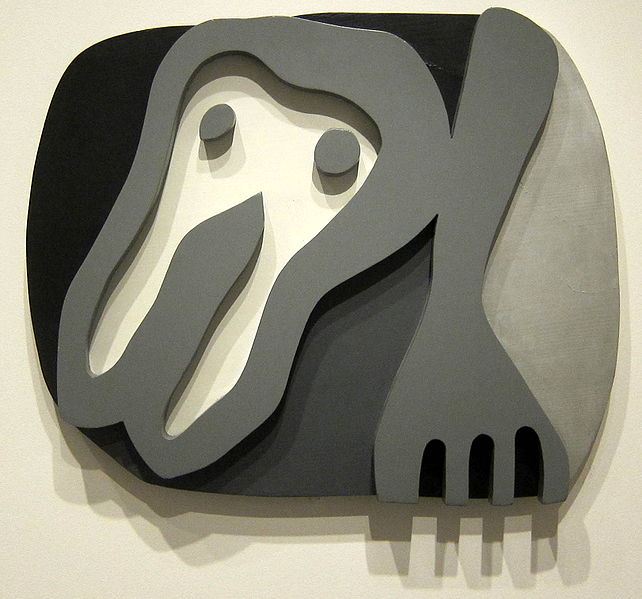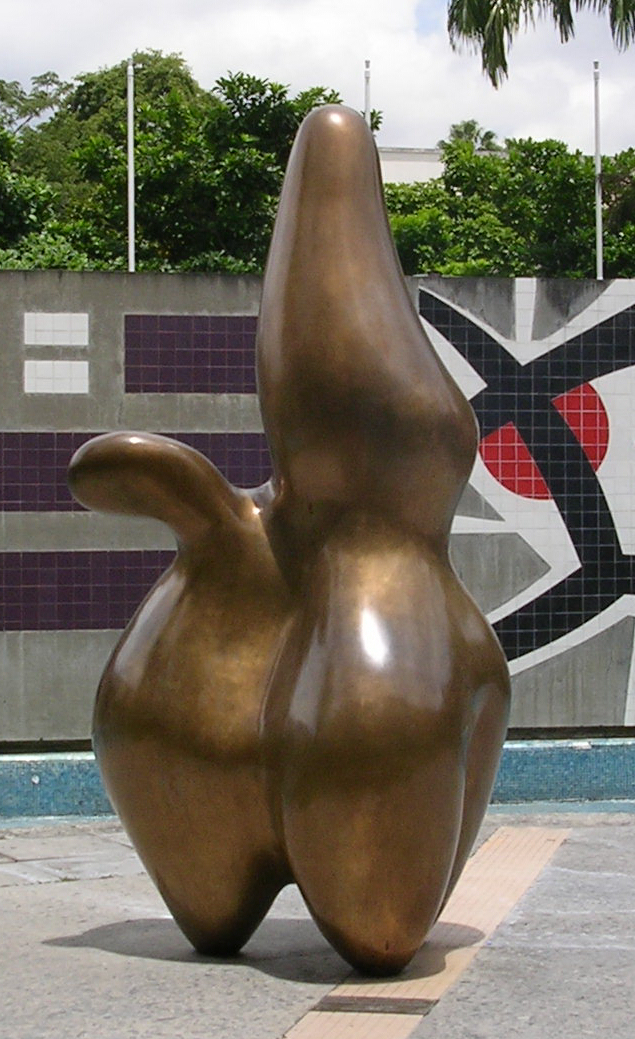Jean Arp was a German-French sculptor, poet, painter, and abstract artist born on September 16, 1886 in Strasbourg, Germany. He went to school at the Ecole des Arts et Metier in Strasborg, and then at the Academie Julian in Paris in 1908. Arp was one of the founders of Dada movement and a pioneer of abstract art. In addition to that, he was an active participant in both Constructivism and Surrealism. He married Sophie Tauber in 1922 and later settled with her at Meudon in 1927.
Artworks
 He published his poetry for the first time after moving to France in 1904. Arp settled in Paris in 1920, where he started associating with the Surrealist movement. While in the Surrealist group, he got his first one-man trade fair at the Galerie Surrealiste in Paris, 1927. From 1930 to 1931, he was involved in making relief sculptures and later started to make concrete art, which utilized natural forms. In 1930s, Jean Arp produced several artworks made of numerous elements. He continued writing and publishing poetry and essays until the end of his life.
He published his poetry for the first time after moving to France in 1904. Arp settled in Paris in 1920, where he started associating with the Surrealist movement. While in the Surrealist group, he got his first one-man trade fair at the Galerie Surrealiste in Paris, 1927. From 1930 to 1931, he was involved in making relief sculptures and later started to make concrete art, which utilized natural forms. In 1930s, Jean Arp produced several artworks made of numerous elements. He continued writing and publishing poetry and essays until the end of his life.
Some of his famous sculptures include: Human Concretion (1933), The Dream (1937), Torso Preadamite and The Star. Some of his painting artworks are: Before my Birth (1914), Automatic Drawing (1916) and Tete Paysage (1924-26) among others. Arp also made many illustrations, figurative painting, prints, textiles and religious painting artworks. His ideal medium was wood or bronze.
Art Techniques or Styles
Jean Arp consistently created novel and abstract forms in several media-bas reliefs, sculpture in the round, painted wood reliefs, collages and painted cutouts. When using a collage technique, he produced the famous: Before my Birth in 1914 and According to the Laws of Chance in 1933. Some of the work he produced using the woodcut technique includes Shirt Front and Fork, Torn-up Woodcut, and The Sun Recircled. Jean Arp also used other techniques including oil painting, watercolor, ink and pencil.
During his life, Arp received many awards for his work, some of which include the Grand Prix National des Arts in 1963 and the Goethe prize from University of Hamburg in 1965. Jean Arp died in Basel in 1966.
